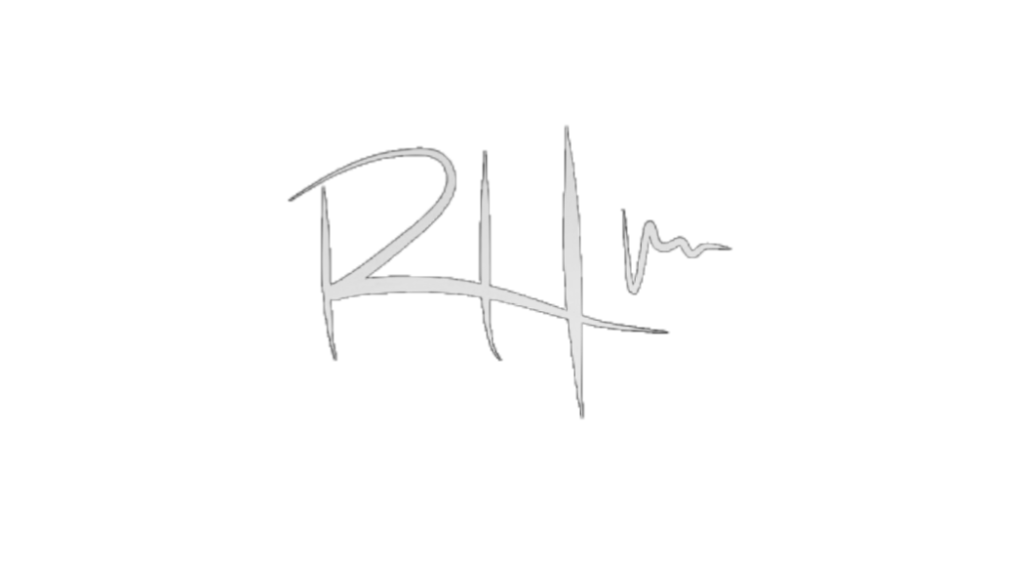Healing Past Trauma through Meditation: A Comprehensive Guide
Introduction:
Healing past trauma can be a long and difficult journey, but meditation has been proven to be an effective tool in the process. By using meditation techniques, individuals can learn to manage their emotions and thoughts, which can help them overcome the effects of past trauma.
Research has shown that meditation can help reduce symptoms of anxiety, depression, and post-traumatic stress disorder (PTSD). It can also improve sleep, increase feelings of well-being, and enhance overall quality of life. Meditation can be especially helpful for those who have experienced trauma, as it can help them process their emotions and develop a greater sense of self-awareness.
There are many different types of meditation, and individuals may need to experiment to find the techniques that work best for them. Some common techniques include mindfulness meditation, loving-kindness meditation, and body scan meditation. With regular practice, individuals can learn to use these techniques to manage their emotions and reduce the impact of past trauma on their lives.
Understanding Trauma
When a person experiences a traumatic event, it can have a lasting impact on their mental and emotional well-being. Trauma can be caused by a variety of events, including abuse, accidents, natural disasters, and war. The effects of trauma can vary widely depending on the individual and the severity of the experience.
One common symptom of trauma is hypervigilance, which is characterized by an exaggerated startle response and a constant feeling of being on edge. Other symptoms can include flashbacks, nightmares, and avoidance behaviors. Trauma can also lead to depression, anxiety, and other mental health conditions.
It is important to note that not everyone who experiences trauma will develop post-traumatic stress disorder (PTSD), but it is a common outcome. PTSD is a mental health condition that can develop after a person experiences or witnesses a traumatic event. Symptoms of PTSD can include intrusive thoughts, avoidance behaviors, and hyperarousal.
It is important to seek professional help if you are experiencing symptoms of trauma or PTSD. There are also self-care strategies that can be helpful in managing the effects of trauma, including meditation.
Source: National Institute of Mental Health
The Benefits of Meditation for Trauma
Many people who have experienced trauma struggle with its long-term effects, such as anxiety, depression, and other mental health issues. While traditional therapy can be helpful, some individuals find that meditation can also be a valuable tool in their healing process.
Research has shown that meditation can help reduce symptoms of trauma-related disorders, such as post-traumatic stress disorder (PTSD). It can also help individuals better manage their emotions and improve their overall well-being.
One of the main benefits of meditation is that it can help individuals regulate their breathing and heart rate. This is particularly important for those who have experienced trauma, as they may have developed a habit of holding their breath or experiencing rapid heartbeat during moments of stress or anxiety. By practicing meditation, individuals can learn to control their breathing and heart rate, which can help them feel more grounded and less anxious.
In addition to regulating the body’s physical responses to stress, meditation can also help individuals manage their thoughts and emotions. Through mindfulness meditation, individuals learn to observe their thoughts and emotions without judgment. This can help them develop a greater sense of self-awareness and better understand their triggers and reactions to certain situations.
Overall, meditation can be a powerful tool for individuals who have experienced trauma. While it may not be a cure-all, it can help individuals better manage their symptoms and improve their overall well-being.

Preparing for Meditation
Before starting a meditation practice to heal past trauma, it’s important to prepare oneself mentally and physically. Here are a few things to keep in mind:
- Find a quiet and comfortable space: Choose a place where you can sit or lie down comfortably without any distractions. It’s best to turn off your phone and other electronics to avoid interruptions.
- Wear comfortable clothing: Wear loose-fitting clothes that won’t restrict your breathing or movement. This will help you relax and focus on your meditation practice.
- Set an intention: Before starting your meditation, take a few moments to set an intention. This can be a simple phrase or word that represents what you want to achieve from your practice. It could be something like “healing” or “peace.”
- Choose a meditation technique: There are many different types of meditation techniques to choose from, such as mindfulness, loving-kindness, or body scan. Choose a technique that resonates with you and your intentions.
- Start with a short session: If you’re new to meditation, start with a short session of 5-10 minutes and gradually increase the duration as you become more comfortable with the practice.
Remember that meditation is a practice, and it may take time to see the benefits. Be patient with yourself and trust the process.
Source: Healthline
Meditation Techniques for Healing Trauma
Meditation can be an effective tool for healing past trauma. Here are some techniques that can help:
- Mindfulness meditation: This technique involves paying attention to the present moment without judgment. One way to practice mindfulness meditation is to focus on your breath, noticing the sensation of air moving in and out of your body. If your mind wanders, gently bring your attention back to your breath.
- Loving-kindness meditation: This technique involves cultivating feelings of love and compassion towards oneself and others. One way to practice loving-kindness meditation is to repeat phrases such as “May I be happy, may I be healthy, may I be safe, may I be at peace” while visualizing yourself or others.
- Body scan meditation: This technique involves bringing awareness to different parts of the body, noticing any sensations or tension. One way to practice body scan meditation is to start at the top of the head and slowly move down to the toes, paying attention to each body part along the way.
- Walking meditation: This technique involves walking slowly and mindfully, paying attention to the sensations in the body and the environment around you. One way to practice walking meditation is to take small steps, noticing the lifting and lowering of the feet, and the feeling of the ground beneath you.
These techniques can be practiced individually or in combination, depending on personal preference and the specific needs of the individual. It’s important to remember that healing from trauma is a process that takes time and may require support from a mental health professional. (Source: NCBI)
Tips for Maintaining a Consistent Practice
Consistency is key when it comes to healing past trauma through meditation. Here are some tips to help maintain a consistent practice:
- Set aside a specific time each day for meditation. This could be in the morning before starting the day, during a lunch break, or in the evening before bed. Stick to this schedule as much as possible to establish a routine.
- Find a quiet and comfortable space to meditate. This could be a designated room or corner of a room, or even outside in nature. Make sure the space is free from distractions and allows for relaxation and focus.
- Start with short meditation sessions and gradually increase the time. It’s better to meditate for a few minutes consistently than to try to meditate for a long time and become overwhelmed or discouraged.
- Use guided meditations or apps to help stay on track. There are many resources available online that provide guided meditations or meditation timers to help keep track of time.
- Try different types of meditation to find what works best. Some people may prefer mindfulness meditation while others may find loving-kindness meditation more helpful. Experiment with different techniques and find what resonates with you.
- Be patient and compassionate with yourself. Healing from past trauma takes time and effort. Don’t get discouraged if progress seems slow or if you miss a day of meditation. Just pick up where you left off and keep going.
By following these tips, you can establish a consistent meditation practice that can help you heal from past trauma and find peace and clarity in your life.
(Source: Psychology Today)

Seeking Professional Help
While meditation can be a powerful tool for healing past trauma, it may not be enough for everyone. It is important to remember that trauma can be complex and deeply ingrained, and seeking professional help may be necessary to fully heal.
Therapy can provide a safe and supportive environment for individuals to explore their trauma and develop coping mechanisms. A therapist can also help individuals navigate any challenges that may arise during meditation practice, and offer guidance on how to integrate meditation into a larger healing plan.
There are a variety of therapy modalities that may be helpful for trauma survivors, including cognitive-behavioral therapy (CBT), eye movement desensitization and reprocessing (EMDR), and somatic experiencing. It may be helpful to research different types of therapy and find a therapist who specializes in trauma treatment.
It is important to note that seeking professional help is not a sign of weakness, but rather a courageous step towards healing. Trauma can be difficult to overcome alone, and there is no shame in asking for help.
Source: HelpGuide


This is my first time pay a quick visit at here and i am really happy to read everthing at one place